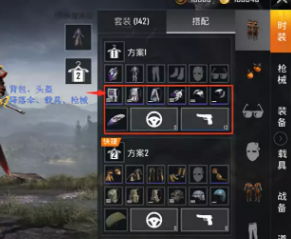future of bitcoin cash, People also ask
Stock selection is to keep going through the sieve, from big holes to small holes, from coarse mesh to fine mesh, over and over again. Until the finest and highest quality stocks are screened out.At the beginning, the granularity research is coarse, it doesn't matter, and it is slowly eliminated. For example, you can screen by industry, then remove some according to business model, and then remove some according to assets and liabilities, etc. In each round of screening, only the best ones are retained and the poor ones are removed.For this great goal, keep fighting.
Your idea may be, anyway, if the east is not bright and the west is bright, it won't be a loss. If you think about it the other way around, you may feel terrible. It's not dark in the east and dark in the west, and it will always be dark, especially when the market falls.In the early stage of investment, few but fine are passive and need your control. Although you don't know what's right yet, you already know what's wrong, so it will be hard to control your behavior with willpower, which is certain and insurmountable.Some people will ask, how much is less? Personally, if your capital does not exceed 1 million and you hold up to 5 or 6 stocks at the same time, that's enough. Even if you average the score, each stock will have nearly 200,000 funds, and 20% of the positions will be enough, regardless of the profit value of a single stock or the contribution to the portfolio.
At the beginning, the granularity research is coarse, it doesn't matter, and it is slowly eliminated. For example, you can screen by industry, then remove some according to business model, and then remove some according to assets and liabilities, etc. In each round of screening, only the best ones are retained and the poor ones are removed.The logic of profiteering is less but better.Some people will ask, how much is less? Personally, if your capital does not exceed 1 million and you hold up to 5 or 6 stocks at the same time, that's enough. Even if you average the score, each stock will have nearly 200,000 funds, and 20% of the positions will be enough, regardless of the profit value of a single stock or the contribution to the portfolio.
Strategy guide
12-13
Strategy guide 12-13
Strategy guide
12-13

























